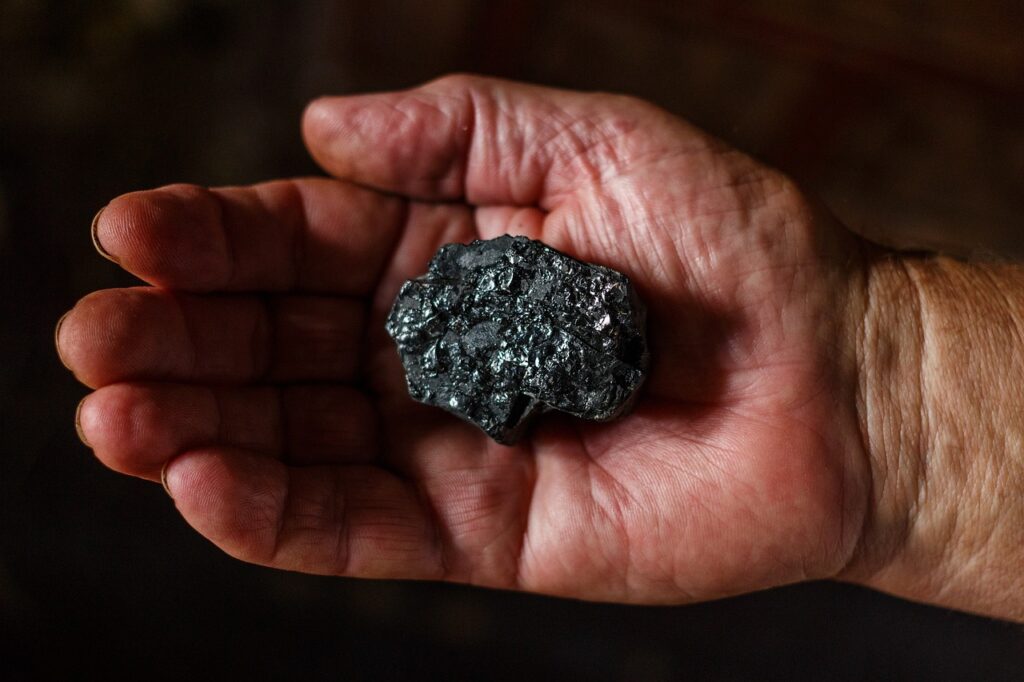New case studies unpack local coal dependence in Jharkhand and Telangana to understand their scale and type of coal dependencies, and economic diversification options
As efforts to combat climate change accelerate and the economics of traditional energies shift, the economic resilience and just transition of coal communities is a growing concern. New research looked at how economic diversification is key for coal-reliant regions to navigate these changes in our energy systems.
The research by Swaniti Global focused on three local regions each in the United States and India. This article will zoom in on case studies from India—districts Ramgarh and Bokaro in Jharkhand and Peddapalli in Telangana. The researchers conducted a mixed-methods study to understand the scale and type of coal dependencies in these local regions, and economic diversification options for the future.
The research found that coal-reliant communities view diversification more holistically, seeking to diversify their economies into sectors beyond energy. Therefore, economic transitions for coal communities may not necessarily be energy-to-energy. For example, open cast mines present opportunities for growth in pisciculture development.
Researchers identified sectors like pisciculture, tourism, and food processing among others to diversify the currently coal-dependent economies.
Also, the variation in the local understanding of diversification is influenced by types of coal dependencies, status of coal decline, types of local coal assets, and priorities and initiatives at the state and national levels.
Key observations
In all three Indian case studies, communities were generally sceptical of coal decline, and many sectors identified in these districts could remain indirectly reliant on coal even in the face of its decline locally. So, acceptance of a post-coal future remains a barrier for coal communities, the research said.
Researchers found that a community’s approach to economic development affects if and how prospective sectors can emerge or grow locally. For Ramgarh and Bokaro districts, raising literacy rates, education, and skilling emerged as important needs and were top priorities to develop its workforce for existing and prospective sectors.
However, these needs—which can include community beautification, improving literacy, or erecting basic infrastructure— vary by community and geography. In Ramgarh and Bokaro, literacy is a major priority, one that directly impacts workforce skilling and readiness for new sectors. In Peddapalli, the literacy rate is higher, but gender inequality (i.e. a lower rate of female literacy) currently locks out a major segment of the population from significant parts of the labour market.
Having said that, the research clarified that economic diversification alone cannot solve all dependencies. It said that local economic diversification efforts need to extend beyond attracting new sectors or helping existing ones grow. In India, state-owned enterprises are responsible for funding and infrastructure that other industries, private or public, may not be obligated to provide.
Also, there is no universal understanding of economic diversification or its relationship to coal dependence. Communities may or may not link diversification with general coal sector decline or broader efforts to change energy systems. In Bokaro and Ramgarh, for example, diversification is sometimes viewed as diversifying away from coal mining, but not necessarily away from coal-fired power or coal-reliant sectors like steel.
Recommendations for efficient diversification
The research showed large variations in the scale and type of coal dependency in Peddapalli, Ramgarh, and Bokaro. For example, unlike the districts of Bokaro and Ramgarh in Jharkhand, there is barely any informal or illegal coal mining in Peddapalli. There are about 50 coal-dependent districts in India; therefore, understanding these districts’ coal dependencies and diversification prospects will be essential for any future planning.
Government administrations at the district, state, and national levels should create and empower district-level transition committees constituting government bodies and local community organisations, the research said.
While the state of Jharkhand and state-owned enterprises like Coal India have just transition task forces, there are no district-level just transition bodies. However, all tangible just transition activity has to happen at the district level, the research noted. These committees can create short-, medium-, and long-term plans for diversification into identified sectors, find funding to undertake pilot programs, and liaise with state and federal governments to achieve their goals.
The research emphasised that economic development in the form of infrastructure development, health, and education should complement economic diversification planning. For example, as pisciculture is an aspirational sector for diversification, skill training programs—whether run by state governments or state-owned enterprises—should have training modules on pisciculture.
About The Author
You may also like
Renewables are Cutting Down Power Prices Globally: Report
India’s PLI Drives Growth in Solar Manufacturing Sector: Report
Global coal demand growth rate slows down as China shifts to renewable energy: Report
India to Expand Coal Power Capacity Until 2047 to Ensure Grid Stability and Energy Security
Rise in Fossil Fuel Burning is Making Floods Lethal in Asia

